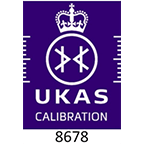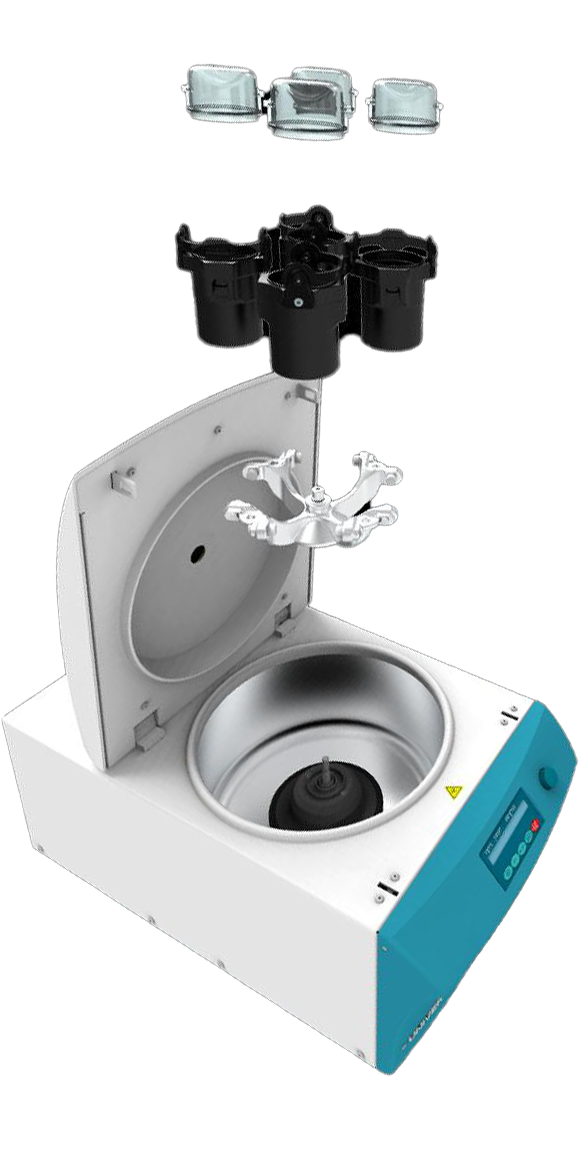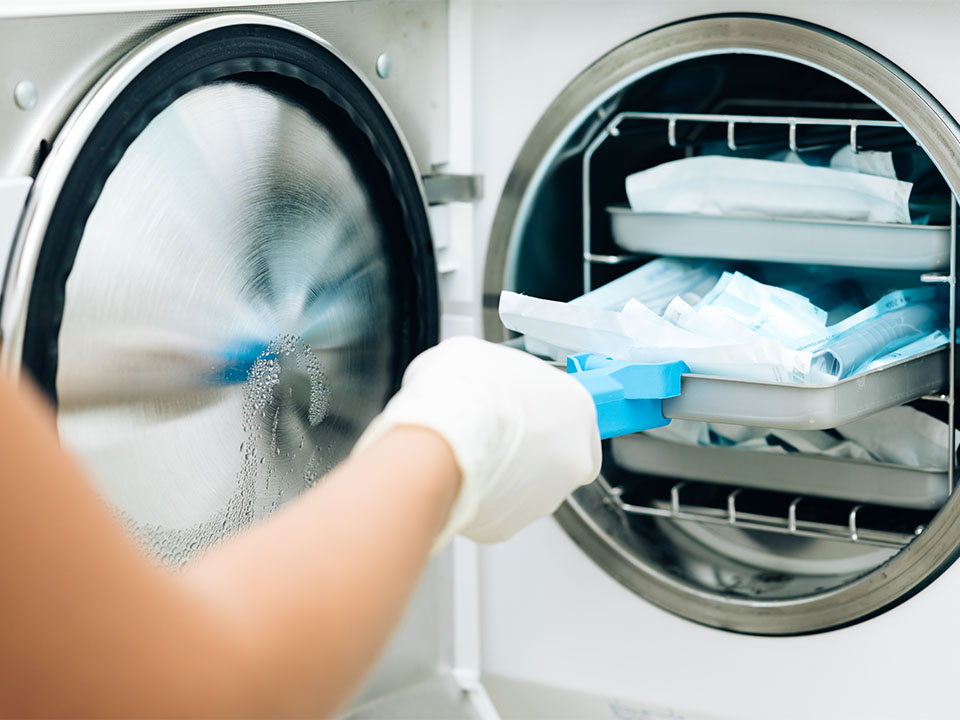The medical instruments that Sterile Services decontaminate are improving all the time. New materials are being used and electronic elements being introduced in miniature form. This is great news for the patient as the latest generation of medical instruments lead to a more sophisticated level of hospital care.
However, Sterile Service Departments (SSDs) are finding it difficult to meet increasingly tough infection control guidelines for these new hi-tech medical instruments. The latest generation of instruments are often too delicate to sterilise at the standard temperature of between 121°C to 134°C and pressure of up to 3.5 atmospheres.
Advances in disinfection
In recent times, we have learnt a lot more about disinfection and microbiology. For example, today we have a much better understanding of the dangers of atypical transmissible agents such as prions or diseases connected to protein precipitation.
Furthermore, we have a better understanding of different types of viruses. We can now even ‘tailor make’ a solution for sterilisation techniques depending on the type of mycobacteria.
Current problems with traditional sterilisation techniques
The fact that we now have a much better understanding of infection control has lead to much stricter requirements for sterile services. This means that the traditional high temperature sterilisation of new delicate medical instruments is no longer possible. Advanced materials used in these devices can be damaged or distorted by high temperatures, pressure, moisture and absorption.
For example, modern endoscopes and probes with various interconnectors can be impossible to sterilise at a high temperature. Many micro-electronic systems are now embedded in common medical instruments. These devices cannot take the high temperatures demanded by regular sterilisation techniques. For example, the EEPROMS of these devices can be erased at high temperatures.
Solutions to the problem
When high temperature sterilisation is not an option, users can adopt a number of other practices to ensure the sterility of each device. Staff working in Sterile Services may be asked to undertake manual cleaning of these delicate medical instruments. However, strict procedures must be followed with manual cleaning and it should be rigorously policed and documented. Furthermore, manual cleaning is extremely time consuming and the human element can introduce errors.
Another option could be to use ethylene oxide (ETO) for temperature sensitive devices. This is a gas that chemically reacts with amino acids, proteins and DNA to destroy microbial cells. However, the problem with ETO is that the gas is highly flammable and is considered a carcinogen. Furthermore, the whole process is very slow, often requiring up to seven days before medical instruments can be used again.
Low temperature sterilisation within Sterile Services
The increase in delicate medical devices being used in hospitals combined with the limitations of high temperature sterilisation has lead to advances in low temperature sterilisation technology. However, the technology is often very expensive with a high capital costs and is very complicated to operate. This means that only a small number of Sterile Services are using this sort of technology.
The situation is slowly changing as low temperature sterilisation technology becomes cheaper and more user friendly. IHSS provide a service that uses the latest hydrogen peroxide (H₂O₂) technology. The process is fast and very efficient and can be combined with traditional high temperature sterilisation techniques.
Conclusion
Whilst the technology might not be perfect, low temperature sterilisation equipment is improving year on year. Sterile Services have to ensure that the medical instruments they are decontaminating are safe to use on another patient. For the time being, Sterile Service Departments may have to combine other sterilisation techniques until low temperature sterilisers become more cost effective and user friendly.
Henderson Biomedical and Sterile Services
Henderson Biomedical work closely with Sterile Services in hospitals to service, repair and calibrate heat sealers as well as supply pouches, reels and wrapping. For more information on the products and services we can provide, please contact our friendly team.









